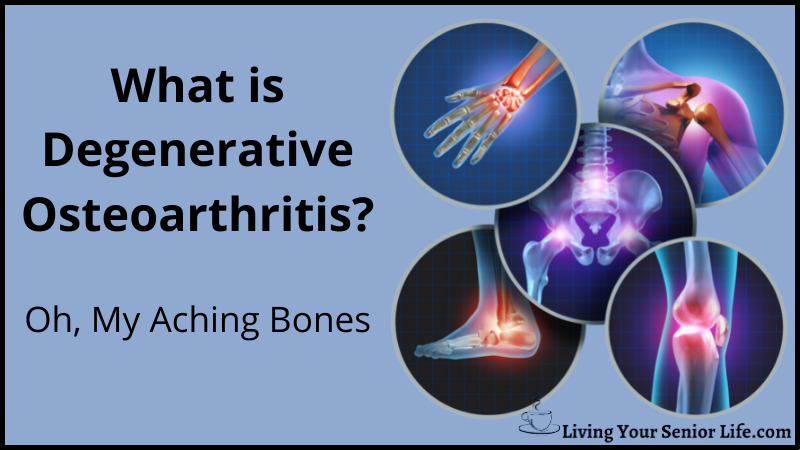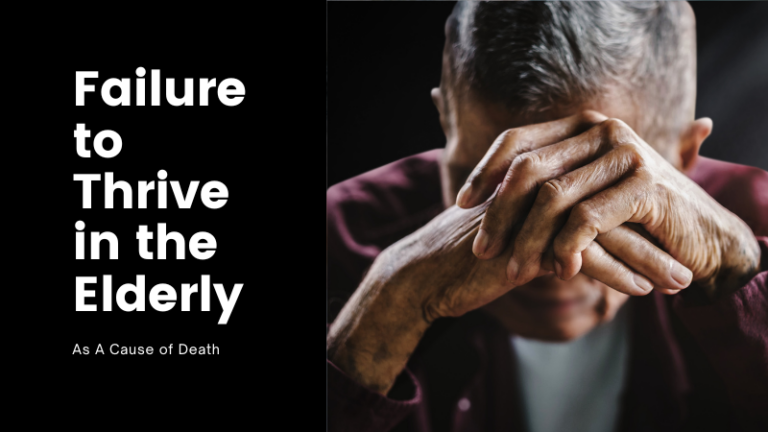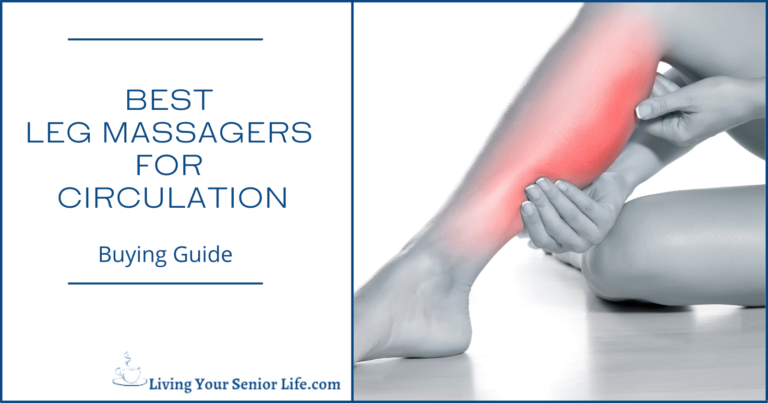If you or someone you know has arthritis, you may have assumed that all types of arthritis are the same. However, there are actually over 200 different types of arthritis, with osteoarthritis being one of the most common. In this article, we will explore what degenerative osteoarthritis is, including its symptoms, causes, diagnosis, and treatments. By the end of this article, you will have a better understanding of degenerative osteoarthritis and how it differs from other types of arthritis.
It’s important to note that this article is for informational purposes only and should not be used as a substitute for medical advice or seeing a doctor.
Key Takeaways:
- Osteoarthritis is one of over 200 different types of arthritis.
- This article provides information on degenerative osteoarthritis, including its symptoms, causes, diagnosis, and treatments.
- It’s important to seek medical advice and not rely solely on this article for information on degenerative osteoarthritis.
What is Degenerative Osteoarthritis

Osteoarthritis is more common in people over 50, but it can still be seen in people in their 20s and 30s, especially from a joint injury and overuse, as seen in many sports. The most common joints affected by osteoarthritis are the hands, knees, hips, neck, and spine, though it can occur at any joint. If the cartilage wears down completely, bone-to-bone contact will occur, resulting in bone spurs and joint damage.
Weight-bearing joints are most commonly affected by osteoarthritis. The disease can cause pain, stiffness, and loss of motion in the affected joint. In severe cases, it can cause disability. There is no cure for osteoarthritis, but treatment options include pain management, exercise, weight loss, and surgery in severe cases.
Symptoms of Degenerative Osteoarthritis
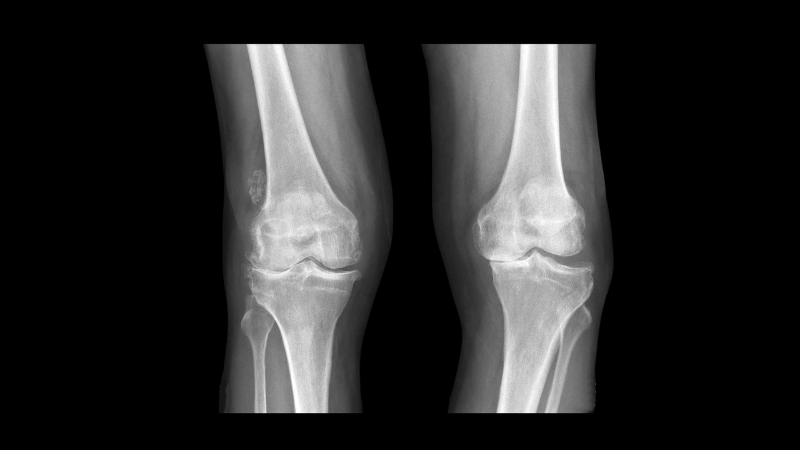
As degenerative osteoarthritis progresses, you may experience tenderness, pain, inflammation, stiffness, and loss of flexibility in the affected joints. Pain may be more noticeable during or after movement of the joint, while stiffness may be more pronounced after rest or inactivity. The range of motion of the joint may become limited, leading to decreased mobility and movement. In some cases, you may also experience clicking, crackling, or popping of the joint, which is technically known as crepitus.
Video: What Is Degenerative Osteoarthritis
Diagnosis
If you are experiencing symptoms of osteoarthritis, it is important to see a doctor for an accurate diagnosis. Your doctor will first ask you about your symptoms and medical history. Then, they will perform a physical examination of the affected joint or joints, looking for tenderness, inflammation, range of motion, and redness.
Imaging tests, such as X-rays, may be ordered to visualize the space between joints. Although cartilage is not visible on X-rays, narrowing of the space between joints is indicative of osteoarthritis. An MRI may also be used to visualize cartilage, but it is not typically used in the initial diagnosis of osteoarthritis.
Blood tests may be used to rule out other diseases that mimic osteoarthritis, such as rheumatoid arthritis.
Overall, an accurate diagnosis of degenerative osteoarthritis requires a combination of a physical exam, imaging tests, and medical history. If you are experiencing symptoms, it is important to see a doctor to determine the best course of treatment.
What Increases the Chance of Experiencing Degenerative Osteoarthritis?

Several factors can increase your risk of developing degenerative osteoarthritis. These include:
- Being a woman, as women are more at risk than men.
- Age, as the risk increases with age.
- Being overweight or obese, as it adds stress to the joints.
- Prior injuries to the joints.
- Genetics, as having a family history of osteoarthritis can increase your risk.
- Repetitive movements, whether currently or in the past, can increase the likelihood of osteoarthritis.
Treatment
If you have osteoarthritis, the primary goal of treatment is to manage your symptoms. There are several approaches to managing osteoarthritis symptoms, including medication, physical therapy, nutrition, surgery, lifestyle changes, and support.
Medication

There are several medications that can help manage osteoarthritis symptoms. Nonsteroidal anti-inflammatory drugs (NSAIDs) are a common type of medication used to reduce inflammation and pain. Examples of NSAIDs include ibuprofen (Motrin, Advil) and naproxen (Aleve). It is essential to use NSAIDs at the recommended dosage to avoid side effects. Other NSAIDs that require a prescription may be suggested by your doctor.
Acetaminophen (Tylenol) is another medication that can be taken to relieve mild to moderate pain. Corticosteroids can also be given by injection to reduce inflammation. While corticosteroids can be beneficial for reducing inflammation, they can also have severe side effects. Talk to your doctor before consenting to this option.
Cymbalta (Duloxetine) is an antidepressant that has also been used to treat pain resulting from osteoarthritis.
Physical Therapy
Physical therapy can help improve your range of motion and decrease pain caused by friction between joint bones. A physical therapist can use techniques to improve strength and stability in muscles and joints. Low-impact exercises such as walking, biking, or swimming can increase endurance and muscle strength.
Nutrition

A healthful diet is often suggested for managing osteoarthritis symptoms. This includes consuming fruits, vegetables, and omega-3 fatty acids found in salmon, tuna, flaxseed, and nuts.
Foods that cause inflammation should be decreased, including sugar, alcohol, salt, saturated fats, white flour, and dairy (in some people).
Foods That Support Bone Health – A Comprehensive Guide
Surgery

If other treatments haven’t worked, your doctor may suggest surgery.
Arthroscopy
Arthroscopy is a minimally invasive procedure where a small tube is inserted into the joint, and with a camera attached, the doctor can see inside the joint. Making other small incisions will allow the doctor to smooth out the rough edges, and remove damaged cartilage or bone fragments from inside.
Arthroplasty – Total Joint Replacement
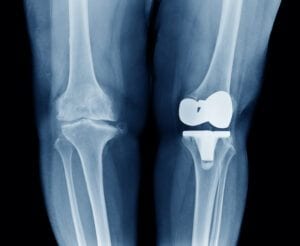
With arthroplasty, the complete joint is taken out and replaced with a metal or plastic artificial joint. Pain is significantly reduced with this procedure, but it may need to be redone every 20 years or so because the artificial joint may wear out.
Healthy Lifestyle
Some lifestyle changes can be made to manage osteoarthritis symptoms. Losing weight, even a small amount, can be beneficial in treating osteoarthritis.
Support
Joining a support group that focuses on arthritis can be beneficial as well. groups enable you to meet with others who are dealing with the same issues you are. You can talk openly and honestly about your feelings as well as offer your support to others. To find a support group, you can go to www.arthritis.org and look for a local group. They also have an online community that many find helpful.
Degenerative Osteoarthritis vs. Rheumatoid Arthritis
Osteoarthritis and Rheumatoid Arthritis are two distinct forms of arthritis with different underlying causes. Osteoarthritis is a degenerative condition that occurs when the cartilage in joints wears down over time. On the other hand, Rheumatoid Arthritis is an autoimmune disease where the immune system attacks its own tissue, leading to inflammation and joint damage.
Both conditions are progressive and tend to worsen over time. However, Osteoarthritis typically affects individual joints, while Rheumatoid Arthritis is often seen symmetrically on both sides of the body.
While there is no cure for either condition, they can be managed with a combination of medication, therapy, lifestyle changes, nutrition, and surgery. It is important to work with a healthcare professional to develop a personalized treatment plan that best suits your needs.
An article I wrote entitled “About Arthritis and Rheumatism” goes into depth about Rheumatism.
Comparison Table – Osteoarthritis vs. Rheumatoid Arthritis
Below is a table that shows some of the differences and similarities between osteoarthritis and rheumatoid arthritis.
| Features | Osteoarthritis | Rheumatoid Arthritis |
| Description | Degenerative Joint Disease – Occurs When the Cartilage That Protects and Cushions the Ends of the Bones Wears Down Over Time | Body’s Immune System Attacks Its Own Tissue, Including That of the Joints |
| Causes | Overuse and Wear and Tear | Environment and Genetic |
| Progressive | Yes | Yes |
| Symmetric | No | Usually |
| Fatigue | No | Yes |
| Fever | No | Yes |
| Loss of Appetite | No | Yes |
| Tender | Yes | Yes |
| Stiffness | Yes | Yes |
| Pain | Yes | Yes |
| Inflammation | Yes | Yes |
FAQs
Can degenerative osteoarthritis be prevented?
While degenerative osteoarthritis cannot be prevented entirely, there are steps you can take to reduce your risk of developing the condition. Maintaining a healthy weight, exercising regularly, and avoiding repetitive stress on the joints can all help to reduce your risk.
How does aging contribute to the development of degenerative osteoarthritis?
As you age, the cartilage in your joints begins to break down and lose its elasticity. This can lead to the development of degenerative osteoarthritis over time. Additionally, older adults are more likely to have other health conditions that can contribute to the development of osteoarthritis, such as diabetes or obesity.
What are the common symptoms of degenerative osteoarthritis?
The common symptoms of degenerative osteoarthritis include joint pain, stiffness, and swelling. You may also experience a decreased range of motion in the affected joint and a grinding sensation when moving the joint. These symptoms are usually worse in the morning or after periods of inactivity.
Additional Reading
Conclusion
Living with osteoarthritis can be challenging and can significantly impact your quality of life. It is important to consult with a medical professional for a correct diagnosis and to develop a treatment plan. While there is no cure for osteoarthritis, there are many ways to manage the symptoms and prevent further disability.
Preventative measures such as maintaining a healthy weight, staying active, and avoiding repetitive motions can help slow the progression of osteoarthritis. Treatment options may include medication, physical therapy, or surgery. In addition, there are many alternative therapies that may help manage pain and improve mobility, such as acupuncture, massage, and yoga.
Living with osteoarthritis can be difficult, but with the right treatment plan and lifestyle changes, you can continue to enjoy the activities you love. It is important to work closely with your medical professional to find the best treatment options for you.
If you have any type of arthritis and/or treatment experience, I would love to hear about your experience. Please comment below.
